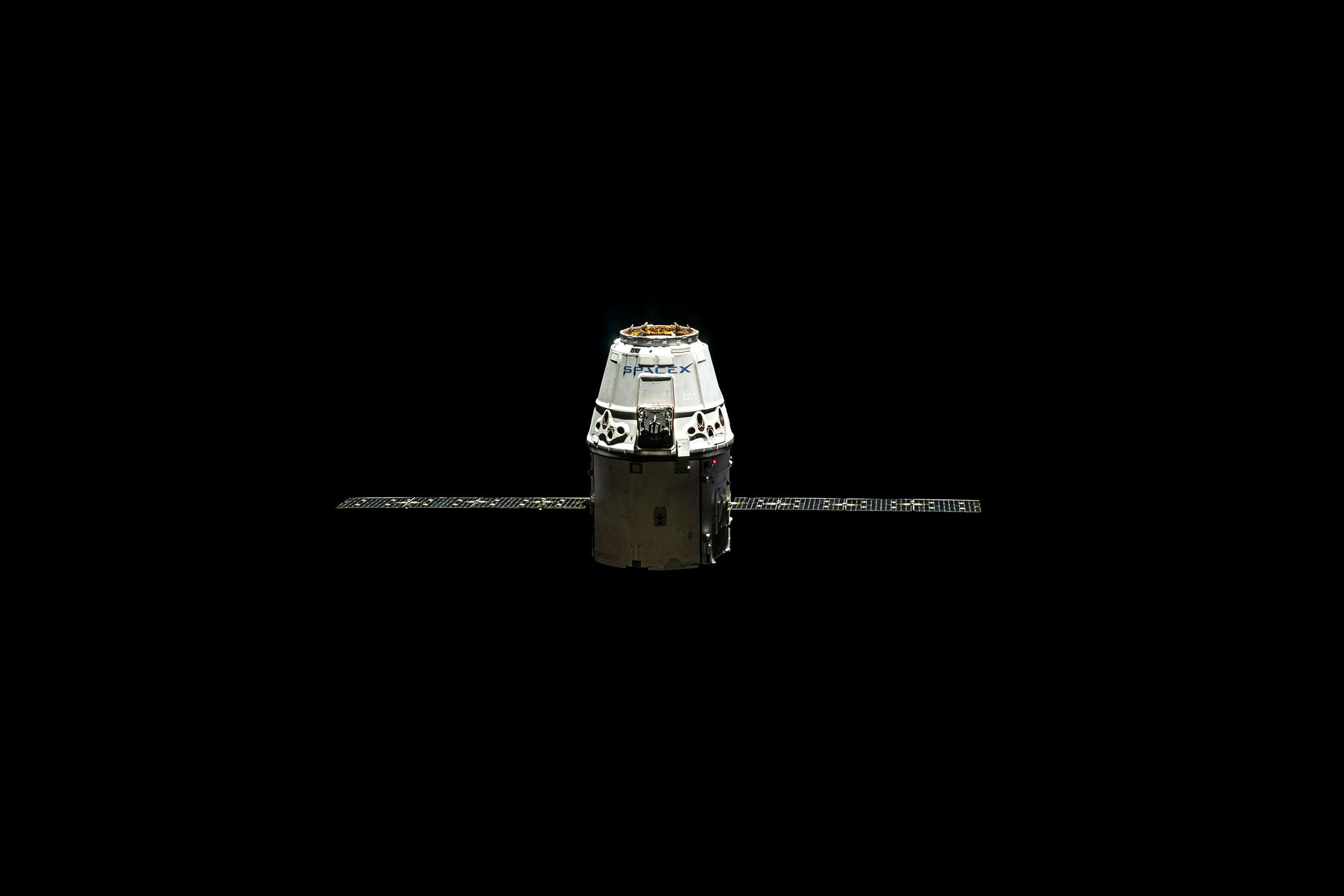Using AI to enhance satellite imagery to monitor our planet

Designing and operating Earth observation satellites involves trade-offs between the size, cost and quality.
In summary
- An international team led by Swinburne has developed a new method to assess different satellite designs using a powerful AI technique
- The AI-powered method reduces the cost of Earth Observation satellites while keeping the quality of images high
- Designing and operating Earth observation satellites typically involves trade-offs between the size, cost and quality
A new method to assess different satellite designs using a powerful AI technique to more cheaply monitor our planet from space has been released.
Thanks to an international team led by Swinburne University of Technology and leading provider of global Earth observation data, Planet Labs, the AI-powered method reduces the cost of Earth Observation satellites while keeping the quality of images high.
Traditionally, designing and operating Earth observation satellites involves trade-offs between the size, cost and quality of different hardware options.
Dr Steve Petrie, Earth Observation Research Fellow at Swinburne, was part of the team developing the innovative method.
“We used AI to compensate for compromises limitations in satellite hardware that degrade the quality of images,” he says.
“The glass lens was the most difficult component to compensate for, suggesting that satellite designers should not compromise on the quality of the lens relative to the quality of other components.”
Taking images of the Earth's surface is important for many applications, from monitoring climate change and biodiversity loss, to tracking extreme events like bushfires and floods.
Lowering the cost of Earth observation satellites will allow better tracking of these important phenomena.
Professor Alan Duffy, Swinburne Pro Vice-Chancellor of Flagship Initiatives says, “the new method demonstrates how AI can enhance images of Earth beyond the limits of the satellites themselves”.
“This provides higher-quality data with potentially lower-cost satellites and can help drive the uptake of Earth Observation as a tool for everything from agriculture to mining.”
“Swinburne is proud of the close collaborations it has nurtured with industry. This project is a wonderful example that brings together the best of Swinburne’s Space Technology and Industry Institute researchers as well as leading Earth Observation companies like Planet Labs and EY to show how space can be used to help Earth.”
Dr Petrie hopes that the research collaboration with Planet Labs and EY can be further developed on future satellite-focused research projects.
“The project gave us experience in using AI to enhance satellite images, and those techniques can potentially be used across several Swinburne projects that involve satellite imagery.”
-
Media Enquiries
Related articles

- Astronomy
International team discovers the most distant spiral galaxy ever seen
Swinburne University of Technology is part of an international team that has discovered a massive, Milky Way-like spiral galaxy that formed just 1 billion years after the Big Bang, revealing an unexpectedly mature structure in the early Universe.

- Astronomy
- Technology
- Science
Swinburne’s Spotlight on STEM: A Night of Space Innovation with Shelli Brunswick
Swinburne University hosted a Spotlight on STEM event with space innovator Shelli Brunswick, exploring space technology, leadership, and career opportunities in the space industry

- University
- Astronomy
- Science
‘Big Wheel’ disk galaxy discovered accidentally by international team
An international team involving Swinburne University of Technology has discovered a giant spiral disk galaxy in the early cosmos.

- University
- Astronomy
Swinburne student presents lunar research at the 75th International Astronautical Congress
Swinburne student Erin Rose recently presented her research on lunar lava tubes at the International Astronautical Congress in Milan

- Astronomy
- Technology
- Science
Australia’s moon rover takes off with Swinburne University of Technology developing critical technology for success
Swinburne University of Technology has been selected as a research university that will deliver key technology for Australia’s first lunar rover.
-

- Astronomy
International team discovers the most distant spiral galaxy ever seen
Swinburne University of Technology is part of an international team that has discovered a massive, Milky Way-like spiral galaxy that formed just 1 billion years after the Big Bang, revealing an unexpectedly mature structure in the early Universe.
Thursday 17 April 2025 -

- Astronomy
- Technology
- Science
Swinburne’s Spotlight on STEM: A Night of Space Innovation with Shelli Brunswick
Swinburne University hosted a Spotlight on STEM event with space innovator Shelli Brunswick, exploring space technology, leadership, and career opportunities in the space industry
Friday 21 March 2025 -

- University
- Astronomy
- Science
‘Big Wheel’ disk galaxy discovered accidentally by international team
An international team involving Swinburne University of Technology has discovered a giant spiral disk galaxy in the early cosmos.
Tuesday 18 March 2025 -

- University
- Astronomy
Swinburne student presents lunar research at the 75th International Astronautical Congress
Swinburne student Erin Rose recently presented her research on lunar lava tubes at the International Astronautical Congress in Milan
Wednesday 22 January 2025 -

- Astronomy
- Technology
- Science
Australia’s moon rover takes off with Swinburne University of Technology developing critical technology for success
Swinburne University of Technology has been selected as a research university that will deliver key technology for Australia’s first lunar rover.
Tuesday 17 December 2024

